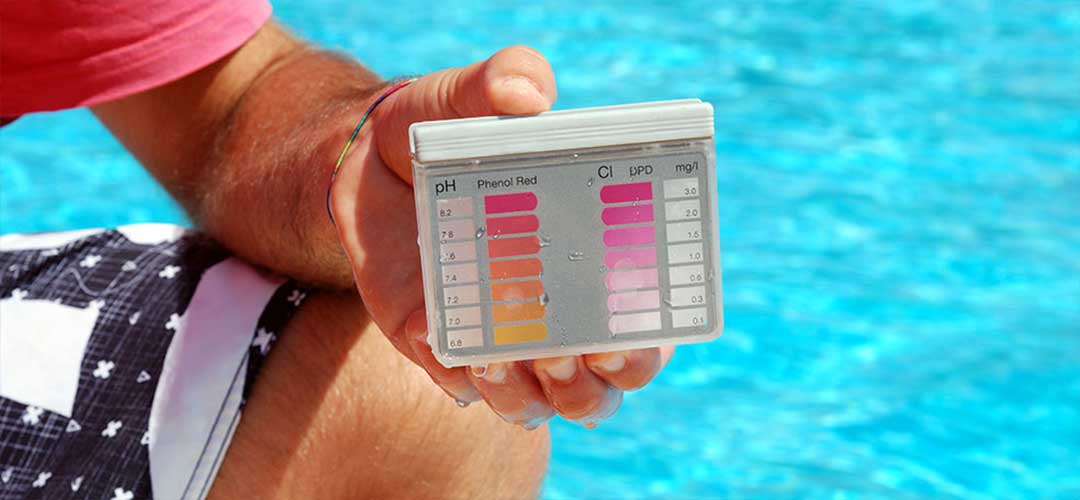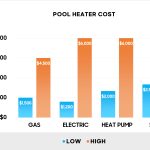Welcome to our in-depth guide on how to adjust the pH level in your pool! Proper pH balance is crucial for maintaining a clean and safe swimming environment. In this article, we will discuss the importance of pH in pool water, how to test the pH level, and various methods to adjust it effectively. Let’s dive in!

Credit: m.youtube.com
The Importance of pH in Pool Water
pH is a measure of the acidity or alkalinity of the water. The pH scale ranges from 0 to 14, with 7 being neutral. In pools, the ideal pH range is between 7.2 and 7.6. Maintaining the proper pH level is essential for several reasons:
- Ensures swimmer comfort
- Protects pool equipment and surfaces
- Optimizes the effectiveness of chlorine
Testing the pH Level
Before adjusting the pH level in your pool, you need to test the water to determine its current pH level. There are several methods to test the pH, including test strips, liquid test kits, or digital pH testers. Follow the instructions provided with the testing kit for accurate results.
Methods to Adjust pH in Pool
Once you have determined the pH level of your pool water, you can proceed to adjust it using the following methods:
1. Adding Ph Increaser (ph Up)
If the pH level is below 7.2, you will need to increase it by adding a pH increaser, also known as pH Up. Follow the manufacturer’s instructions for the correct dosage based on your pool size. Distribute the pH increaser evenly across the pool surface and allow it to circulate for several hours before retesting the water.
2. Adding Ph Reducer (ph Down)
If the pH level is above 7.6, you need to lower it by adding a pH reducer, also known as pH Down. Again, carefully follow the manufacturer’s instructions to determine the correct amount needed. Add the pH reducer to the pool water and allow it to circulate before retesting the pH level.
3. Aeration
Aeration is another effective method to adjust the pH level in your pool. By increasing the exposure of water to air, carbon dioxide is released, which helps raise the pH level. You can aerate your pool by running the pool pump, installing a water feature, or using a fountain or bubbler.
4. Use Baking Soda
Baking soda, also known as sodium bicarbonate, can help stabilize the pH level in your pool. If the pH level is slightly low, you can add baking soda to increase it gradually. Be cautious not to add too much at once, as it can cause a rapid increase in pH.
5. Acid Wash
If the pH level in your pool is extremely high and other methods have been ineffective, you may need to consider an acid wash. This involves draining the pool, scrubbing the surfaces with a diluted acid solution, and then refilling the pool with fresh water. It is recommended to seek professional assistance for this process.

Credit: www.swimmingpool.com
Tips for Maintaining pH Balance
Here are some additional tips to help you maintain the pH balance in your pool:
- Test the pH level regularly, ideally at least once a week
- Keep the pool water well-circulated to ensure even distribution of chemicals
- Monitor other factors that can affect pH, such as rainfall, temperature, and bather load
- Consider using a pH controller or automated dosing system for consistent pH maintenance
Conclusion
Proper pH balance is essential for the overall health and enjoyment of your pool. By regularly testing the water, following the correct procedures for adjusting pH, and implementing preventive measures, you can ensure that your pool remains clean, safe, and inviting for swimmers. We hope this guide has been informative and helpful in your pool maintenance efforts!




